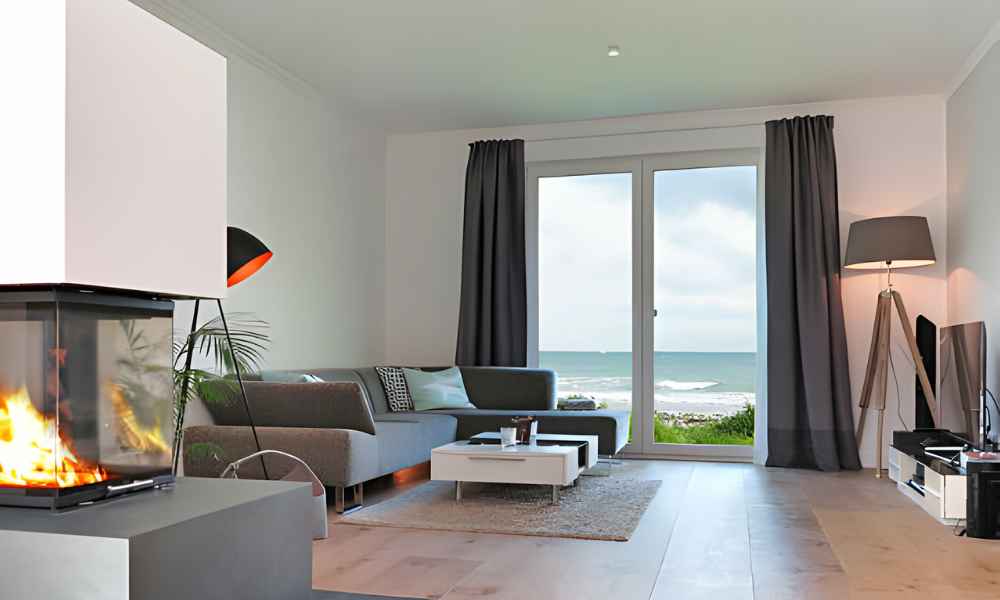Coastal living room window treatments play a pivotal role in transforming a space into a serene sanctuary inspired by the sea. These treatments not only enhance the aesthetics of the room but also serve practical purposes such as controlling light, maintaining privacy, and protecting furnishings from the harsh coastal elements.
Importance of Window Treatments in Coastal Living Rooms
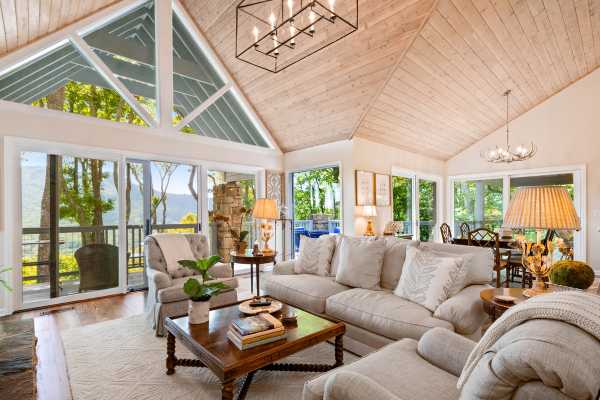
In coastal living rooms, where the abundance of natural light is often cherished, window treatment takes on added significance. They enable homeowners to regulate the amount of sunlight entering the room, allowing for a comfortable and inviting ambiance throughout the day. Moreover, they offer essential privacy, shielding interiors from prying eyes without sacrificing the breathtaking views often associated with coastal living.
Types of Window Treatments Suitable for Coastal Living Rooms
Curtains and Drapes
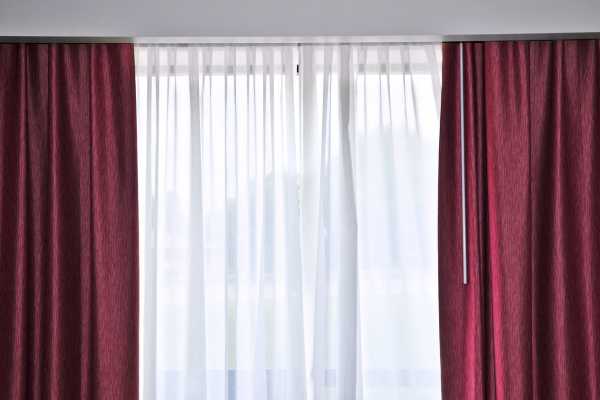
Curtains and drapes in lightweight, breathable fabrics such as linen or cotton are ideal for coastal living rooms. These materials allow the gentle ocean breeze to filter through while providing a soft, ethereal backdrop against the backdrop of the sea. Opting for sheer curtains can amplify the sense of airiness, making the room feel open and inviting.
Blinds and Shades

For those seeking a more versatile approach to treatments, blinds and shades offer practicality without compromising on style. Bamboo or woven wood blinds infuse a touch of natural warmth, complementing the aesthetic effortlessly. Light-filtering shades, on the other hand, strike a balance between privacy and openness, allowing occupants to enjoy the scenic views without compromising on comfort.
Shutters

For a timeless charm, shutters are an excellent choice for treatments. Whether crafted from wood or vinyl, shutters exude a sense of classic elegance while providing exceptional control over light and ventilation. They can be customized to suit the architectural style of the home, adding a touch of sophistication to any living room.
Considerations When Choosing Window Treatments for Coastal Living Rooms
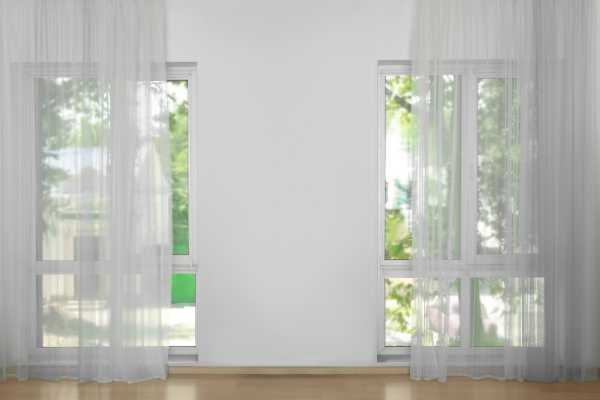
Designing treatments for living rooms, it’s crucial to consider several factors to ensure they both complement the seaside aesthetic and provide practical advantages. Light and breezy fabrics are essential for maintaining an airy atmosphere, allowing the gentle breeze to flow through the room effortlessly. Opting for materials that are water-resistant adds another layer of functionality, guarding against potential moisture exposure common in environments.
Additionally, incorporating UV protection into the treatments helps to shield furniture and décor from sun damage while preserving the vibrant ambiance. Moreover, easy maintenance is key for busy coastal dwellers, ensuring that the window treatments remain looking fresh and inviting with minimal effort.
Incorporating Coastal Elements into Window Treatments
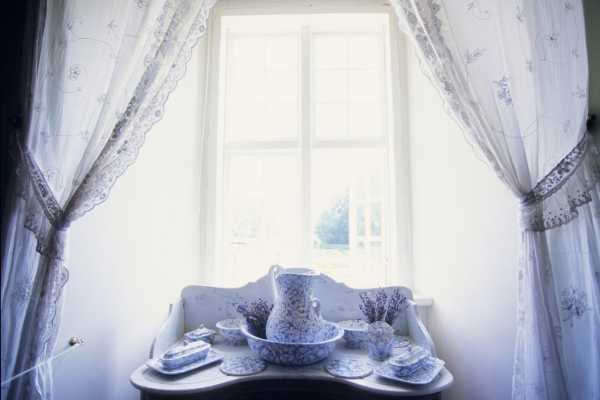
To truly capture the essence of coastal living, it’s essential to infuse window treatments with elements that evoke the tranquil beauty of the seaside. Nautical-themed patterns, such as stripes or anchors, instantly evoke images of maritime adventures, adding a touch of whimsy to the room. Seaside colors like soft blues, sandy neutrals, and crisp whites create a calming atmosphere reminiscent of sun-drenched shores and azure waters. Furthermore, incorporating natural textures such as woven bamboo or organic cotton enhances the theme while adding depth and visual interest to the space. By thoughtfully integrating these elements into the window treatment, homeowners can create a serene and inviting haven that celebrates the beauty of coastal living.
DIY Coastal Window Treatment Ideas
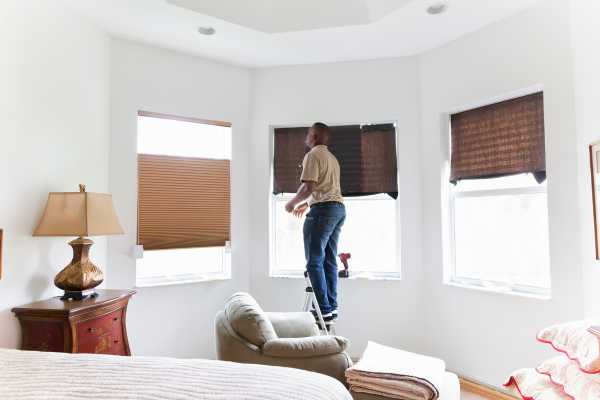
Coastal living room window treatments offer an opportunity to infuse the space with the serene charm of seaside living. For those inclined towards a hands-on approach, DIY window treatment ideas can be both creatively fulfilling and cost-effective. From simple projects like making curtains from lightweight, airy fabrics to more intricate endeavors such as crafting driftwood curtain rods or painting custom designs inspired by the ocean, DIY options abound for adding a personalized touch to coastal window treatments.
Professional Installation vs. DIY
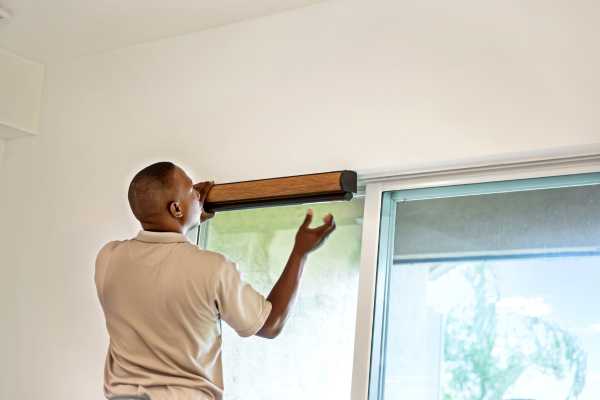
Deciding between professional installation and a DIY approach for coastal window treatments, it’s essential to weigh the advantages of each. While professional installation ensures precision and expertise, it often comes with a higher price tag. On the other hand, DIY projects allow for creative freedom and customization, empowering homeowners to tailor their window treatment to suit their unique style and preferences. Additionally, DIY enthusiasts may find satisfaction in the sense of accomplishment that comes from completing a project with their own hands.
Tips for Maintaining Coastal Window Treatments
Maintaining coastal window treatment is essential for preserving their beauty and functionality in the face of salty air, strong winds, and abundant sunlight. To keep them looking their best, regular cleaning is key. Dusting or vacuuming curtains and blinds helps to prevent the accumulation of salt and sand particles, while spot cleaning with a gentle detergent can address any stains or spills. For outdoor window treatment like shutters or shades, inspecting for signs of wear and applying a protective sealant can help prolong their lifespan and enhance their resilience to elements. By following these tips for maintaining coastal window treatment, homeowners can ensure that their living spaces remain inviting and aesthetically pleasing retreats inspired by the beauty of the sea.
Can I Use Heavy Curtains In A Coastal Living Room?
Considering coastal living room treatments, many homeowners wonder if heavy curtains are suitable for such a setting. While heavy curtains can provide insulation and privacy, they may not always be the best choice for environments. living rooms often benefit from a light and breezy ambiance, which heavy curtains can detract from. Additionally, the salty air and moisture prevalent in coastal areas may cause heavy fabrics to deteriorate more quickly. Opting for lightweight fabrics or sheer curtains can maintain the airy feel of the space while still offering some degree of privacy and light control.
What Are The Best Colors For Coastal Window Treatments?
Choosing the best colors for coastal window treatment is essential for capturing the relaxed, seaside vibe of a living room. Soft blues, sandy neutrals, and crisp whites are classic choices that evoke the calming hues of the ocean and sandy beaches. These colors create a serene backdrop that complements the natural beauty of surroundings. Additionally, incorporating pops of seafoam green, coral pink, or sunny yellow can add a playful touch and infuse the space with energy and warmth. Ultimately, the best colors for treatments are those that resonate with the homeowner’s personal style while harmonizing with the coastal aesthetic.
Can I Install Window Treatments Myself?
Many homeowners may wonder if they can tackle the installation of window treatment themselves, especially when it comes to living room settings. While professional installation offers expertise and precision, DIY installation is certainly feasible for those with basic handyman skills. With the availability of easy-to-follow instructions and installation kits, installing window treatment like curtains, blinds, or shades can be a rewarding and cost-effective project. However, it’s essential to ensure that the chosen treatments are properly sized and installed to maximize their functionality and aesthetic appeal.
Conclusion
Selecting window treatment for a living room, it’s essential to consider factors such as fabric weight, color palette, and installation method. While heavy curtains may not be ideal for coastal environments, lightweight fabrics and sheer curtains can maintain an airy feel while still offering privacy and light control. Opting for colors inspired by the ocean and sandy beaches helps to create a serene and harmonious atmosphere. Whether choosing professional installation or DIY, ensuring that window treatments are properly sized and installed is crucial for maximizing their effectiveness and longevity in a coastal setting.
